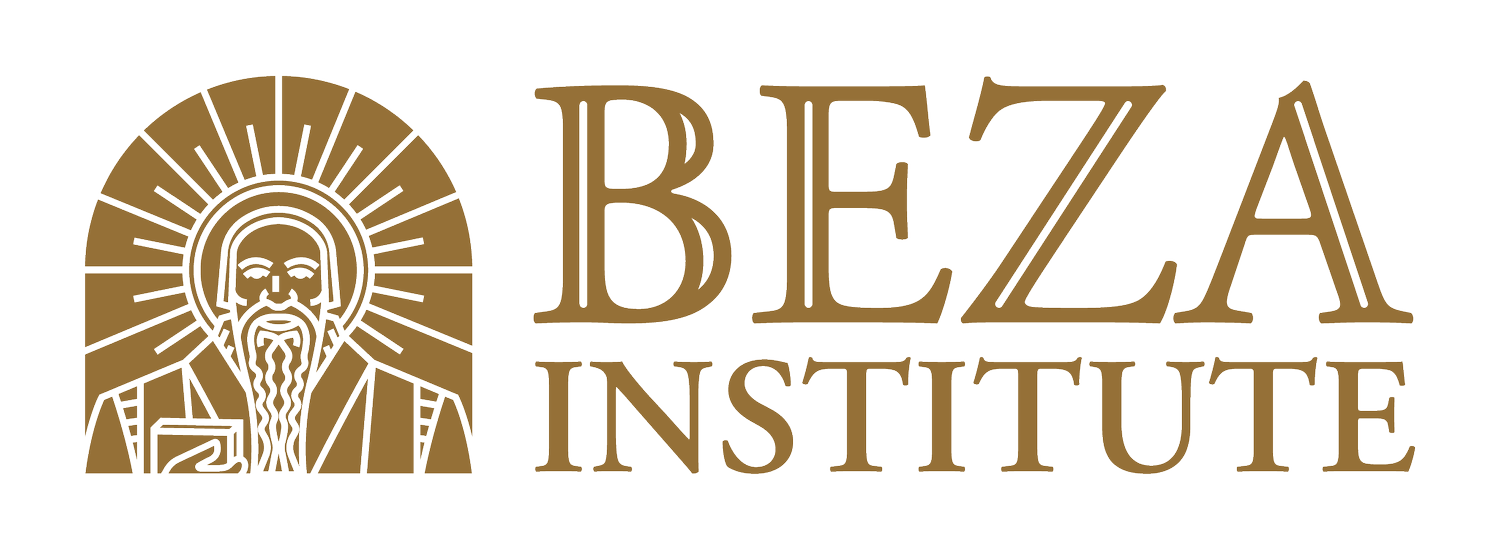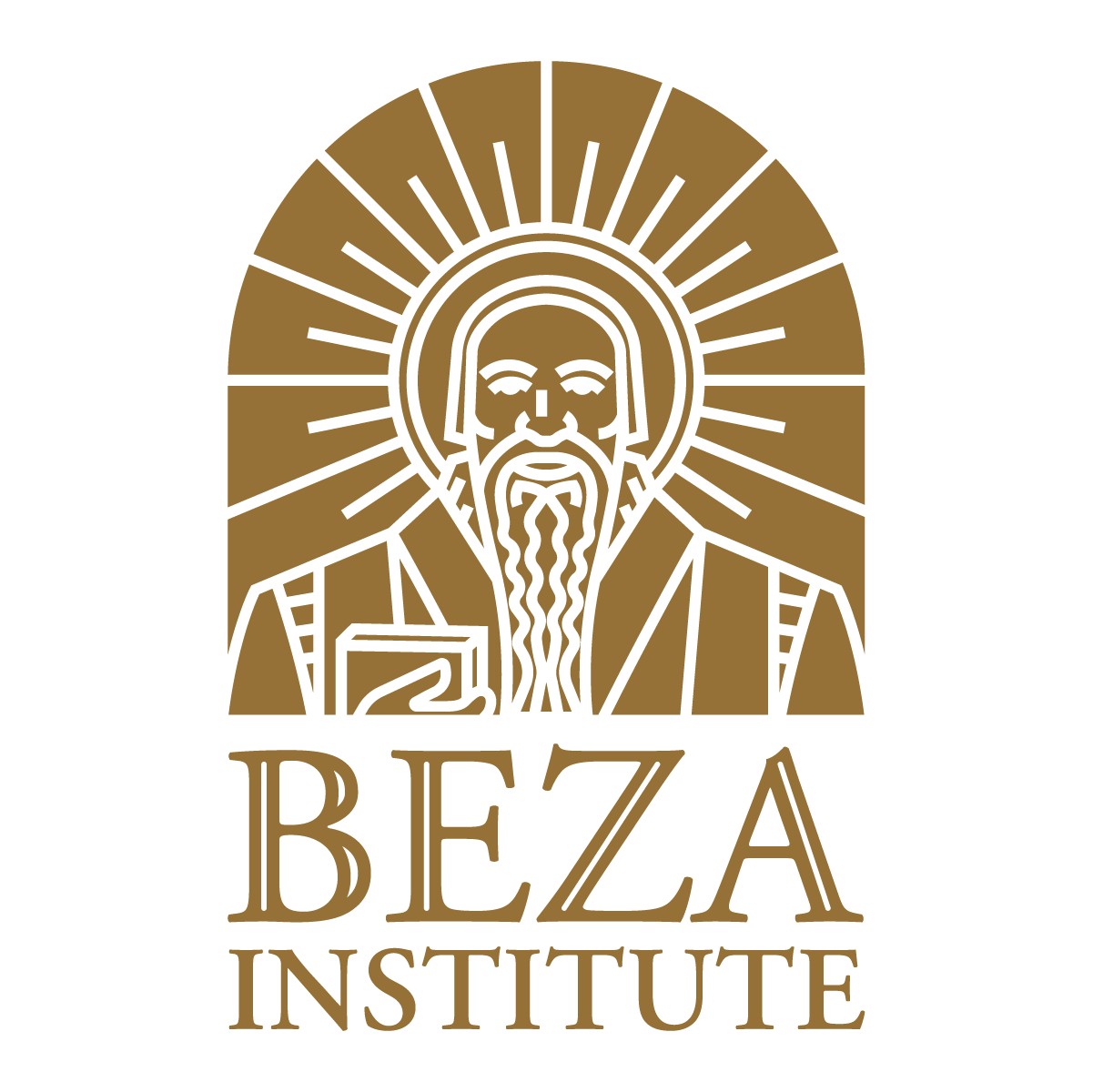Re-Enchanting the Sciences
A unique opportunity awaits Classical Christian educators who think deeply about the sciences. The modern scientific hegemony, with all its promises of social progress, material prosperity, and technocratic utopia, appears to be losing the souls of people. Aaron Renn recently noted that perhaps this is one of the appeals Jordan Peterson has to a younger generation; Peterson is dealing in mystical reanimation of the old biblical stories and re-enchantment of age-old institutions. [1] Momentum lies behind the idea of re-enchanting the world, and Christian scientists who retain a liberal arts bent are positioned well to encourage the re-enchantment.
Jordan Peterson is not alone in this re-enchanting of the West. Rod Dreher has been using the term for some time, as evidenced in his 2023 piece in American Conservative in which he recounts his interactions with Paul Kingsnorth, a notable convert to Christianity (specifically Eastern Orthodoxy). Kingsnorth’s writings bear a marked resemblance to the enchanted sacramental weight of Farrar Capon’s Supper of the Lamb, but with emphasis on culturally relevant issues more overtly political than onions (although culinary truths are, in my view, the epitome of cultural relevance). [2] In a similar vein, journalist and social critic Louise Perry argues for a re-enchanting of sex, marriage, and relationships, an argument which leads her to question foundational tenets of modern feminism. [3]
The force behind the re-enchantment trend is palpable and should be acknowledged in the science classrooms of Classical Christian schools. In fact, the study of the sciences has an essential role to play in any re-enchantment enterprise, since the history of science is riddled with the interplay between the study of the natural world and its spiritual (or essential) ramifications. Recently I had a student ask me a very good question, one which faces Classical Christian science teachers: how do I take seriously the knowledge of stars and atoms arising from scientific investigation while at the same time retain the kind of deep enchanted understanding of the cosmos evident in C.S. Lewis and medieval thought? This is a key question for the Classical Christian movement and students within the Classical Christian stream are asking it. On my reading, modern science is both ripe for such a re-enchantment and already has a degree of enchantment which is obfuscated in the STEM context.
Physical sciences are ripe for re-enchantment because, since the Scientific Revolution, they have operated to illuminate material and efficient causes while neglecting formal and final causes. This notion of four causes arises from Aristotle’s Physics in which he articulates four ways of viewing causality. If a table is considered, one could say that it is made of wood (material cause), that it holds its shape and structure because it has four legs and a flat surface (formal cause), that it was made that way by a carpenter (efficient cause), and that the table’s purpose (or teleology) is to be used for feasting and fellowship (final cause). The animation of formal and final causes which had previously enlivened natural philosophy in the Aristotelian paradigm seems muted to some degree after the Scientific Revolution, such that Newton admitted later in his life that he could tell you how gravity appears in the world mathematically but couldn’t tell you what it actually is (“hypotheses non fingo”). [4] Molecular biochemist Jacques Monod states the extreme version of this idea when he said, “The cornerstone of the scientific method is the postulate that nature is objective. In other words, the systematic denial that ‘true’ knowledge can be reached by interpreting phenomena in terms of final causes - that is to say, of ‘purpose’.” [5] This view of science is self-identifying in its non-enchantment, and the radical enforcement of it has left science ripe for re-enchantment.
In another sense, science already has a degree of enchantment which is rightfully felt by scientists all over the world, even agnostic ones that express it in goofy ways. [6] The pragmatism of STEM tends to obscure this element, but when seen clearly the enchantment arises from the fact that the natural world is intelligible to us (there is no reason it should be) and exhibits recurring patterns which the human mind often finds deeply moving. The role of Classical Christian science teachers is thus to inspire the sense of enchantment already active in the sciences, but to clarify how the current scientific paradigm neglects notions of causality which it must re-incorporate.
It is not sufficient to simply “go back to medieval cosmology.” While medieval cosmology is artful (at least as artful as a false theory can be), it is wildly insufficient for a Christian wired to understand how the world that God made actually works. While it is often easy in the Classical Christian context to criticize the Scientific Revolution, we should be willing to say that the Scientific Revolution was generally a good thing. This statement shocks some people, but I fail to see how it should be shocking. There are principles of physics in play that require the innovations of modern science to achieve the cultural mandate. For example, if the cultural goal is to fill the world with worshippers of Christ, then there must be enough food for all the hungry worshippers (again, culinary issues are the epitome of cultural relevance). The natural pathways for nitrogen fixation (conversion of atmospheric nitrogen gas to bioavailable ammonia nitrogen) are insufficient to keep up with the demand for food. The Scientific Revolution bequeathed to us (among many other wonderful things) the Haber-Bosch process, which is an engineered process for nitrogen fixation. This is a required innovation for the physics of the cultural mandate to even work. Thank you, Galileo.
A better answer than saying “go back to medieval cosmology” is to look at the Christian tradition of scientific development as exemplified in Kepler (and many other Christian scientists). When Kepler was reviewing the precise data collected by Tycho Brahe, he concluded that the prevailing notions of a geo-centric cosmology were insufficient to match the observable data. Kepler was deeply influenced by Plato and the Pythagoreans, who believed that the universe was ordered according to mathematical principles and that that mathematical order could be understood by the human mind. This profound conviction was, for Kepler, a way of knowing the triune God of Christianity. Kepler proposed a new mathematical form for the motion of the heavenly bodies – an ellipse. He also theorized that the square of the orbital period was directly related to the cube of the orbital diameter. Thus, the orbital period and orbital diameter are related by an exponent of three halves (3/2). Kepler was enchanted with this notion that heavenly bodies follow a mathematical order and a mathematical ratio of such simplicity. He said, “I first believed I was dreaming, but it is absolutely certain and exact that the ratio which exists between the period times of any two planets is precisely the ratio of the 3/2th power of the mean distance.” [7]
Meditation on the mathematical order of creation is thus an enchanted realm for those who dare to visit it with a degree of mental rigor. Surely this is in line with the liberal arts tradition insofar as the mathematical arts are intended to train the mind toward the Good. Liberal arts students are excellent theorists, and learned students of the mathematical arts are rigorous theorists in very broad avenues of human endeavor. A re-enchantment of the sciences will therefore center around retaining the best of the inheritance of the Scientific Revolution, namely a mathematical understanding of the universe and a corresponding enchantment with the mathematical order that God created.
Scientists within Classical Christian education are positioned well to inspire this kind of re-enchantment in students if they reframe the sciences out of the STEM construct and into a frame of meditation on and rigorous engagement with mathematical order. Mathematical education is not in opposition to the liberal arts but a necessary feature of a true education. As Nicolas of Cusa pointed out two centuries before Kepler, “None of the ancients who are esteemed as great approached difficult matters by any other likeness than mathematics.” [8] If we aim to graduate leaders who shape culture under the Lordship of Christ, then re-enchanted mathematical knowledge is prerequisite.
Aaron Renn, “What God Is Jordan Peterson Wrestling With?,” Aaron Renn, March 5, 2024, https://www.aaronrenn.com/p/what-god-is-jordan-peterson-wrestling-with?.
Rod Dreher, “The Paul Kingsnorth Interview, Part I,” The American Conservative, February 24, 2023, https://www.theamericanconservative.com/the-paul-kingsnorth-interview-part-i/.
Louise Perry, “Re-enchanting Sex, Marriage, and Relationships,” interview by Belle Tindall and Justin Brierley, Seen & Unseen, May 10, 2023, https://www.youtube.com/watch?v=tFUBeEzeQdw.
I. Bernard Cohen, “The First English Version of Newton’s Hypotheses Non Fingo,” Isis 53, no. 3 (1962): 379–88, http://www.jstor.org/stable/227788.
Jacques Monod, “Chance and Necessity: An Essay on the National Philosophy of Modern Biology,” trans. Austryn Wainhouse (Glasgow: William Collins Sons and Co, 1974), 30.
Neil deGrasse Tyson, “The Universe is In Us,” by New Media Productions, June 14, 2017, https://www.youtube.com/watch?v=f0J_J_bW9ks.
Johannes Kepler, “Harmonies of the World,” trans. English, original publication Harmonices Mundi, 1619.
Nicolas of Cusa, “On Learned Ignorance,” in Complete Philosophical and Theological Treatises of Nicolas of Cusa: Volume One, trans. Ed, Jasper Hopkins (Minneapolis: Banning Press, 1990), 18-19.


